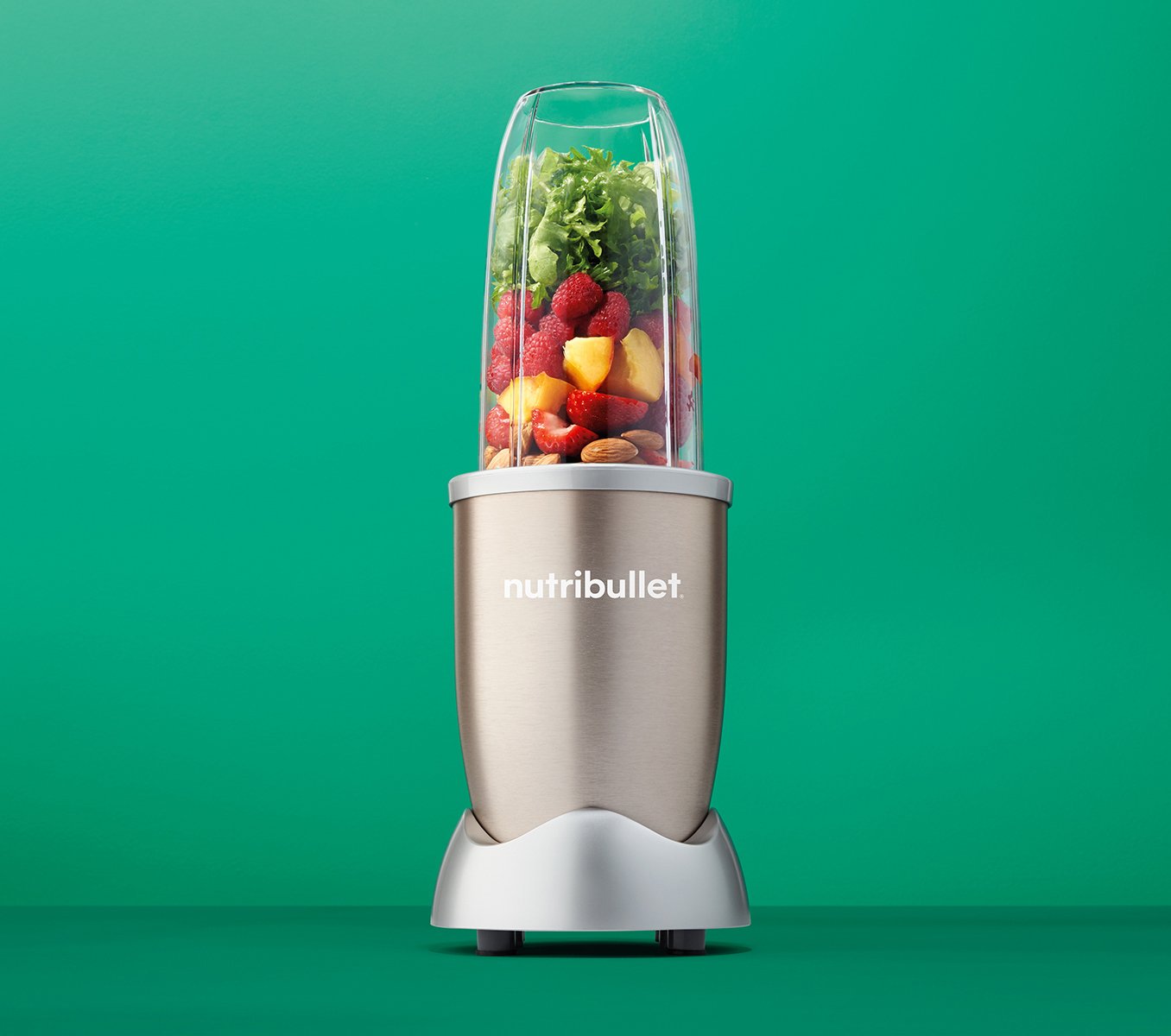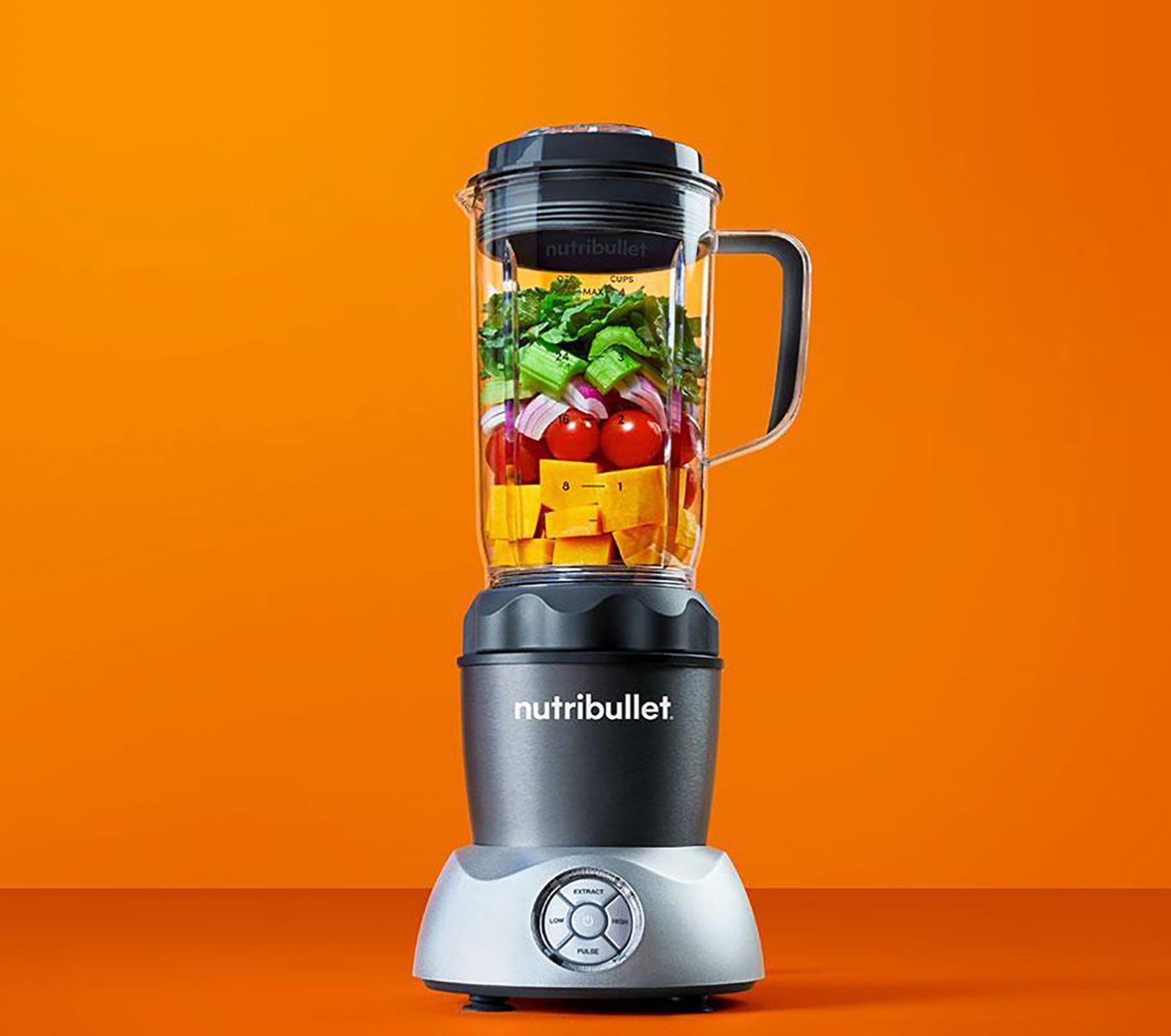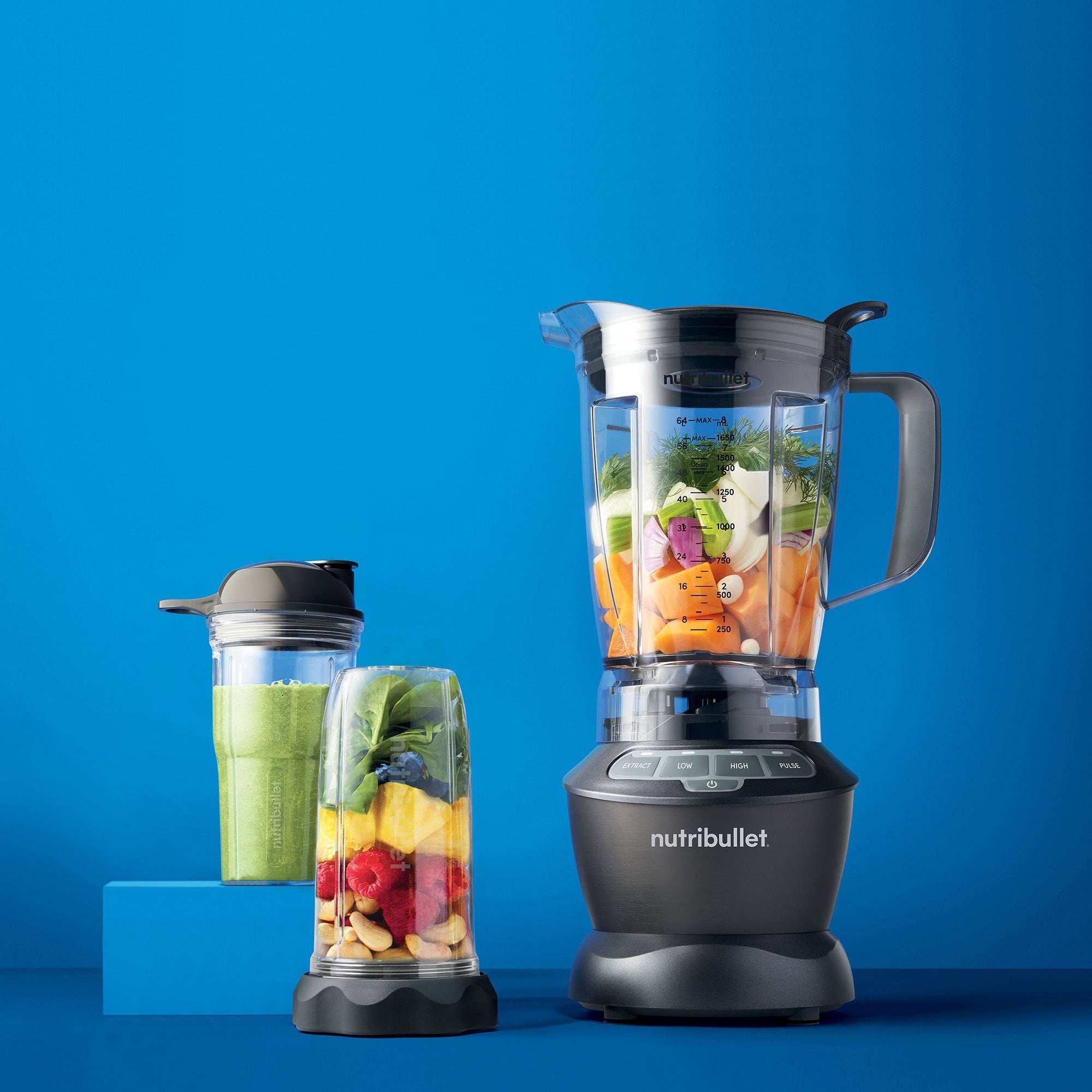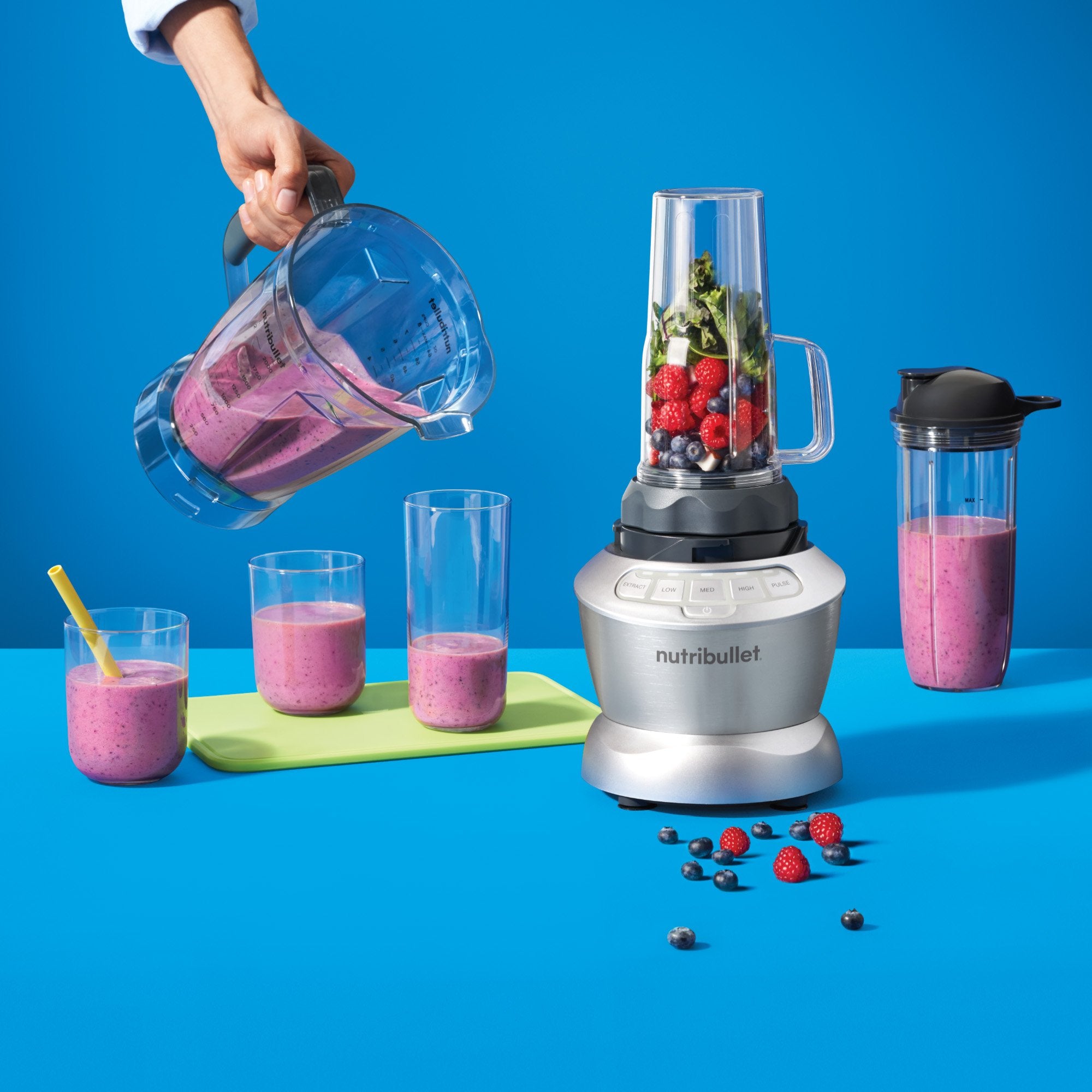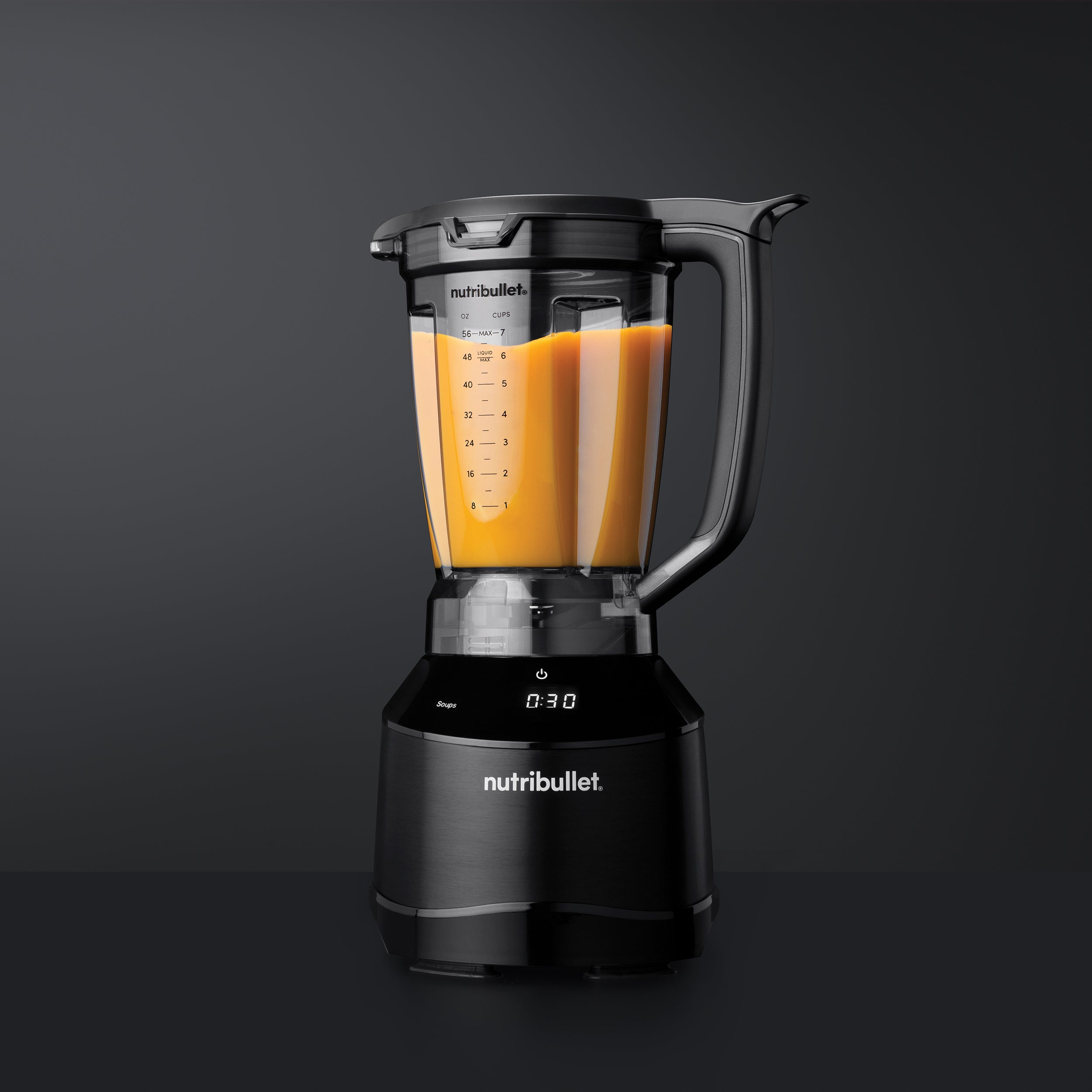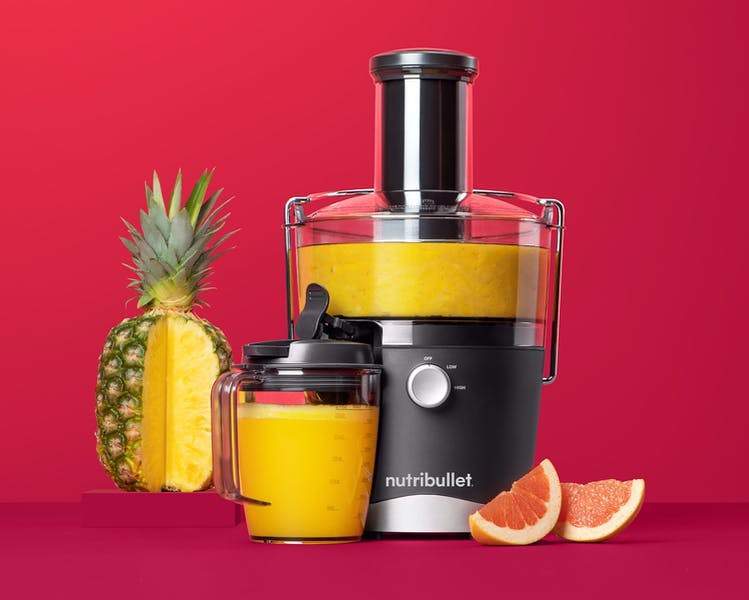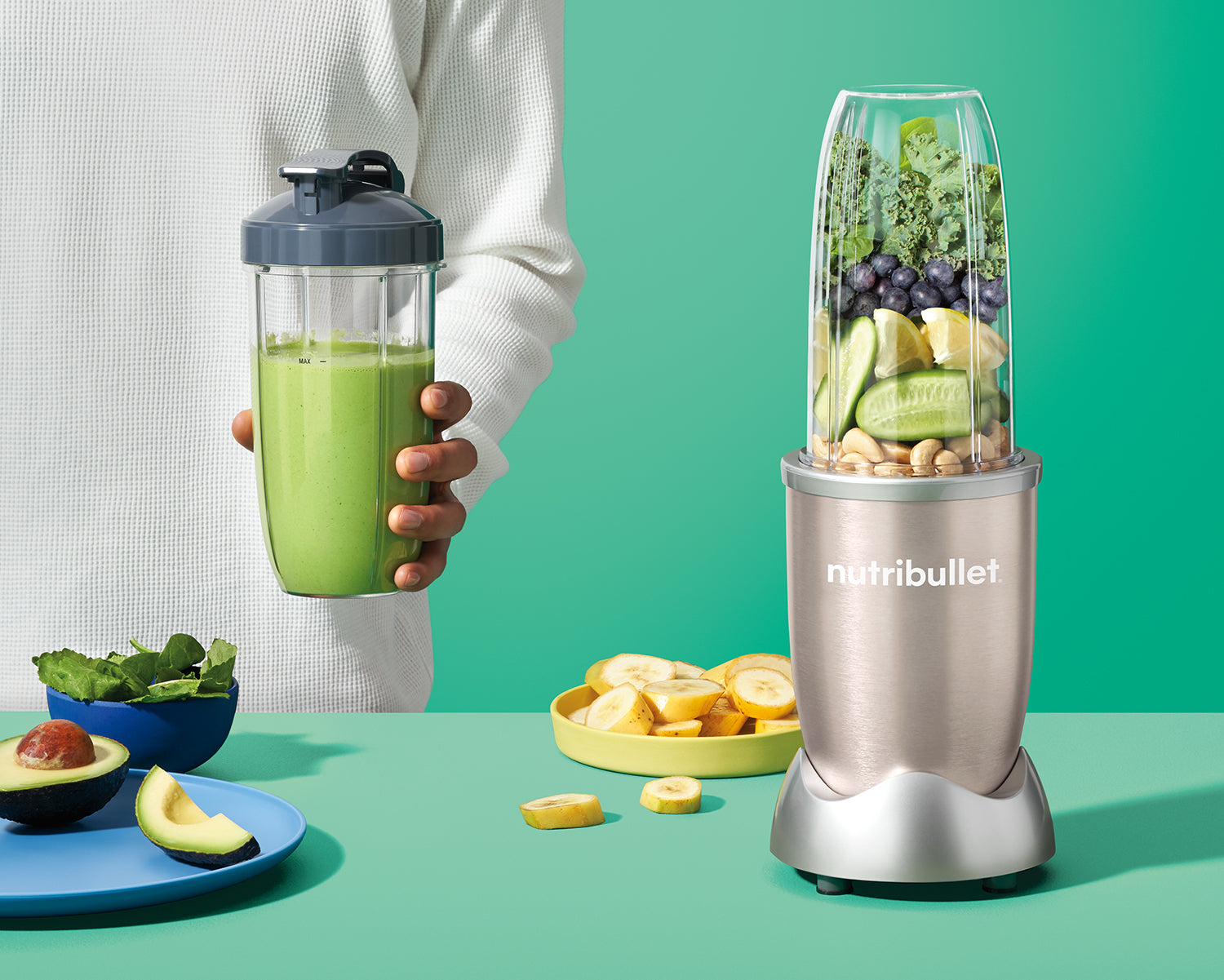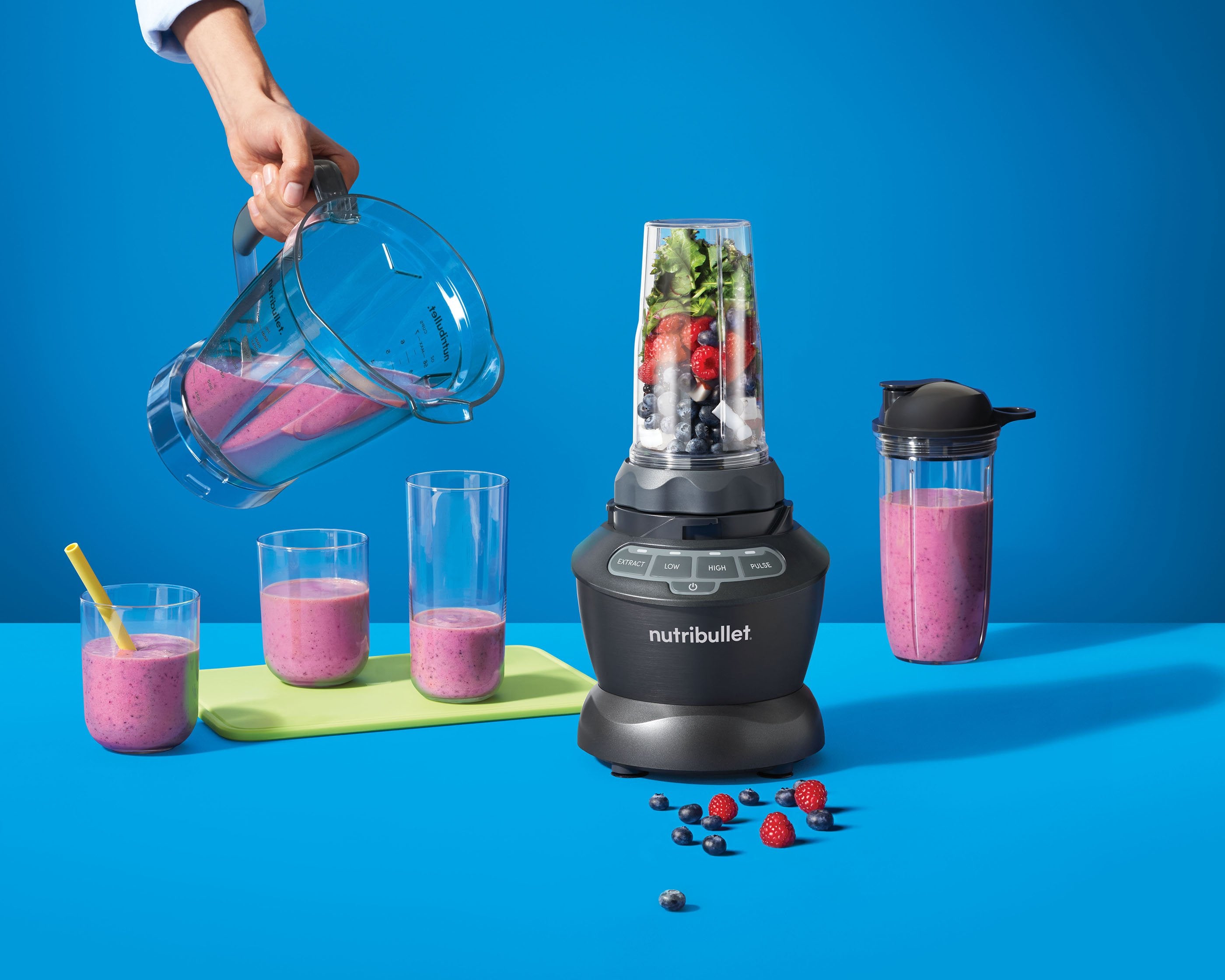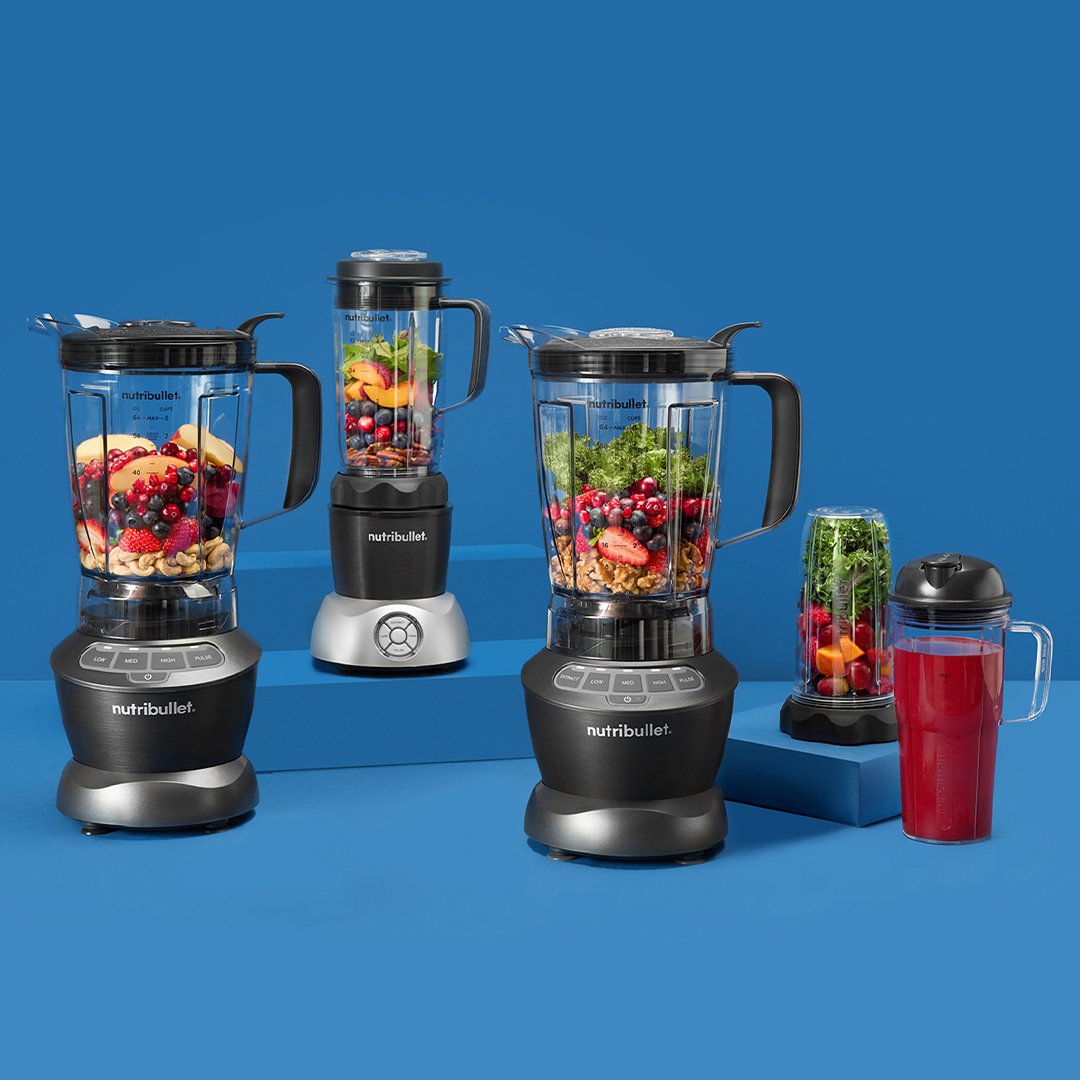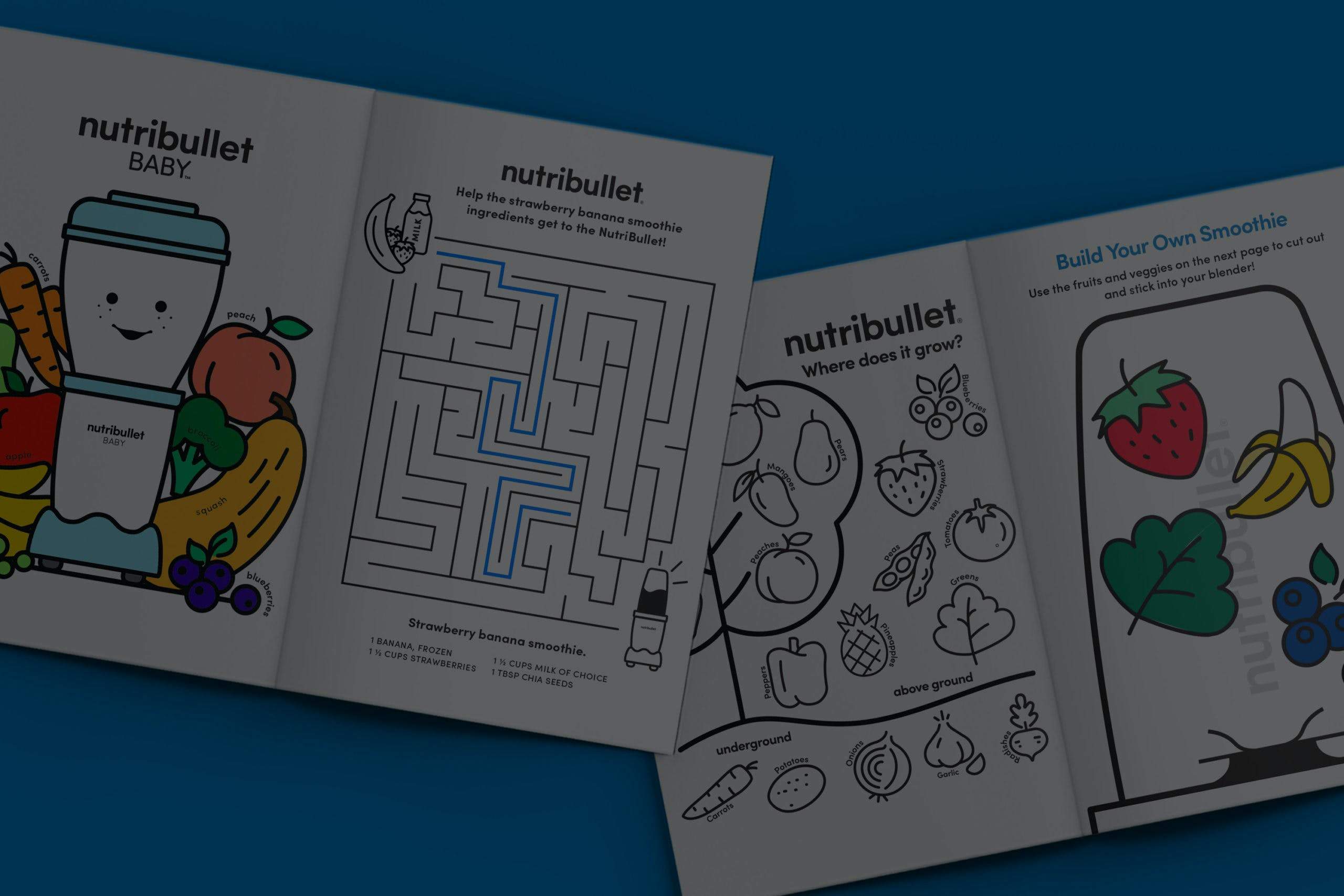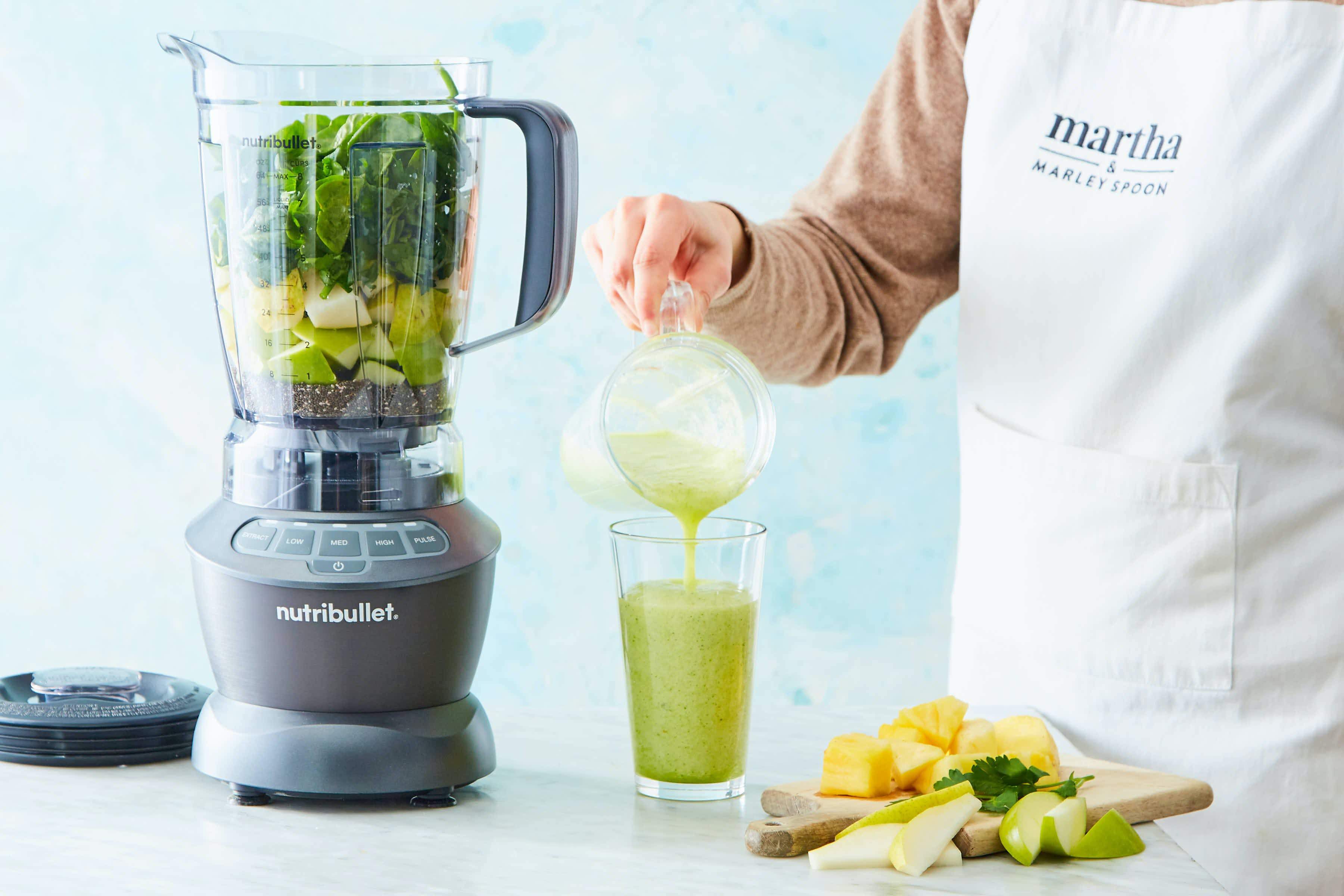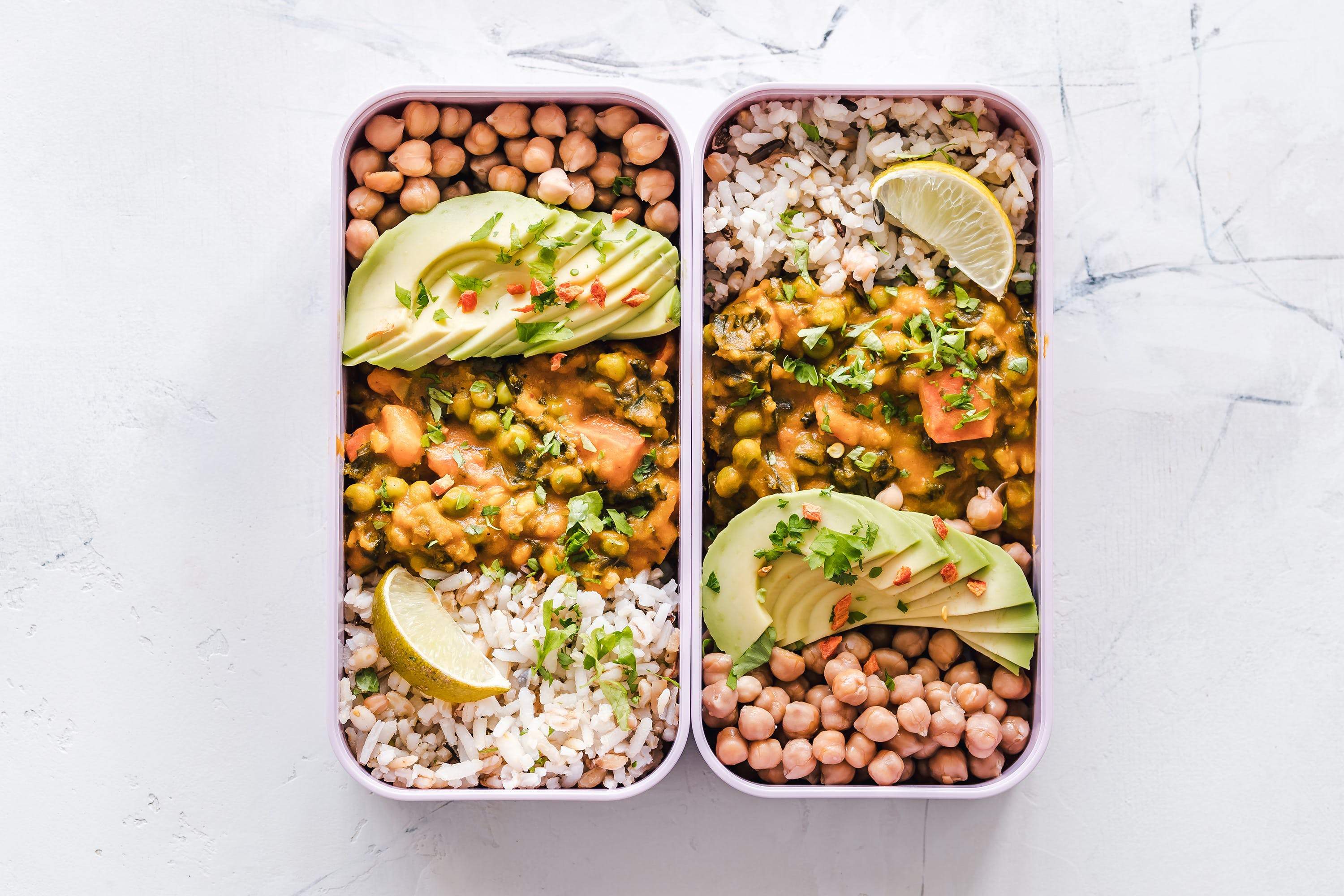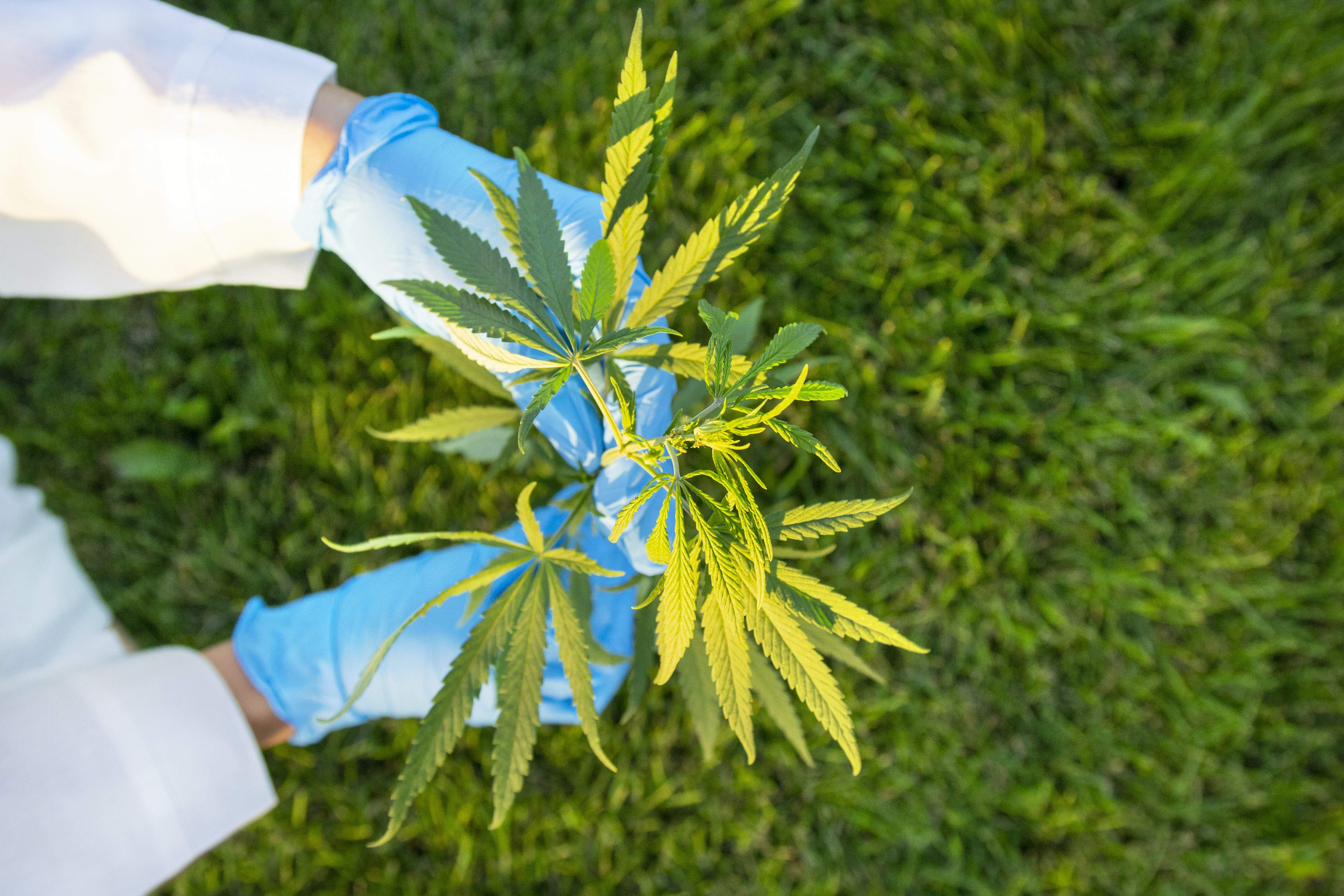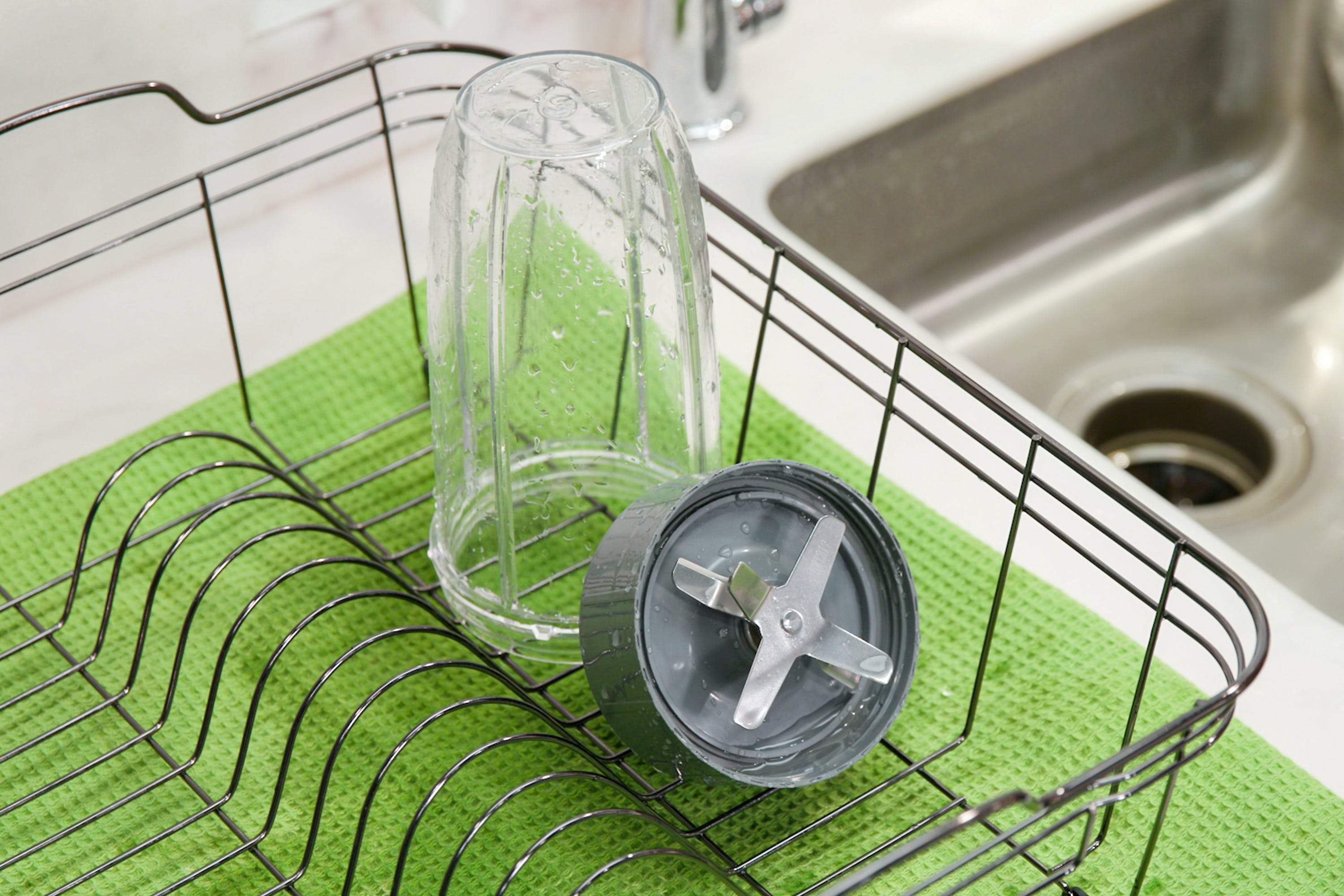The gut microbiome is a diverse array of microorganisms that create an “ecosystem” within the body, specifically the digestive tract. These microorganisms live symbiotically and consist of commensal and pathogenic bacteria, fungi and viruses. The goal is to keep the commensal bacteria happy so they can continue to rule the ecosystem and keep your health in check. When this balance gets compromised, the body starts to feel off, digestive discomfort flares up and energy levels dip. The best way to maintain balance is through a healthy diet that consists of adequate probiotics and prebiotics.
Probiotics are the good bacterial strains that live in and make up the gut microbiome. They play a critical role in good health and are the first line of defense against the external environment. In fact, the digestive tract has the largest surface area that is exposed to the external environment in the entire body, even more so than skin. And did you know that there are more bacterial DNA in the body than there are human DNA? The gut is often referred to as a second brain and houses the immune system. Below are some additional facts about probiotics and food sources.
Probiotics
- More than 40 diseases have been linked to bacterial imbalance including depression, IBS, arthritis, and cancer.
- Serotonin, a feel-good hormone, is made and regulated by the bacteria in the gut.
- Probiotics produce B12 and K2 vitamins.
- Babies are born without bacteria in their gut; their first exposure is during birth as they travel through the birth canal.
- Sources that kill good bacteria in the gut include sugar, antibiotics, stress, environmental chemicals, and certain medications.
- Good sources of probiotics are sour foods like apple cider vinegar, fermented vegetables, kefir, non-dairy yogurt, miso, and kombucha.
There is a lot of buzz about probiotics, but prebiotics are just as important and we don’t hear as much about them. Prebiotics are a non-digestible fiber, or oligosaccharide, that is crucial fuel or food for the probiotics. Once fiber passes through the stomach and small intestines, it reaches the large intestines and colon where it begins to ferment, feed and increase the number of good bacteria living in the gut microbiome. A good source of prebiotics in the diet can have many positive health outcomes.
Prebiotics
- Inadequate amounts of prebiotics can lead to increased inflammation throughout the body.
- Prebiotics can help improve digestion.
- A byproduct of bacterial fermentation of prebiotics is short-chain fatty acids that aid in the overall health of the body, specifically butyric acid which helps regulate electrolytes and heals the gut lining.
- They enhance the immune system by increasing the body’s ability to absorb nutrients.
- Good sources of prebiotics include Jerusalem artichokes, dandelion greens, onions, garlic, under-ripe bananas, raw leeks, and jicama.
When you’re traveling frequently, not eating healthy or not feeling at your best, take time to refuel your gut. Focus on ways to increase fiber and prebiotics in your diet and ensure you are getting a good source of healthy bacteria or probiotics. Starting with optimizing the health of your gut can have the biggest impact on your gut microbiome and overall health.
Nutritional information
Recipe: Creamy Green Strawberry Dream Serving in this recipe:1
- Calories: 236.6
- Total Fat: 3.6 g 5.5%
- Saturated Fat: 0.4 g 1.9%
- Cholesterol: 0 mg 0%
- Sodium: 358.7 mg 14.9%
- Total Carbs: 45.7 g 15.2%
- Dietary Fiber: 9.9 g 39.4%
- Sugar: 22.1 g
- Protein: 8.1 g 16.2%
- Vitamin A: 481.9% Vitamin C: 244.1%
- Calcium: 68.5% Iron: 26.1%
* Percent Daily Values are based on a 2,000 calorie diet. Your daily values may be higher or lower depending on your calorie needs.

